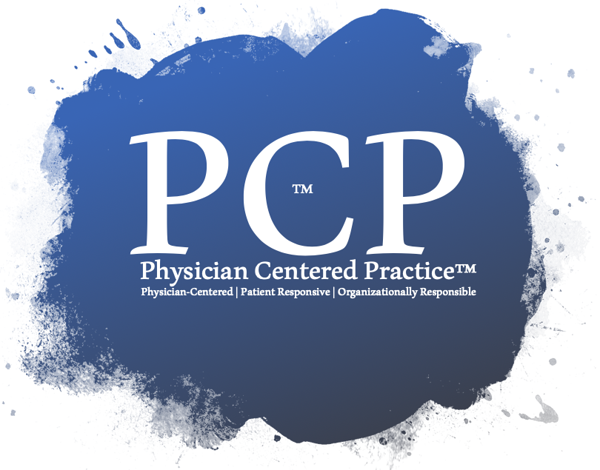The one thing all physicians have in common is that they are all different
Age, personal interests and obligations, practice style, patient focus, unique skills and attributes... all these elements are part of the characteristics you have at your disposal to shape and develop a high performance medical staff. Are you using them?
Different age brackets of physicians often have different motivators relative to work/life balance. And, certainly, many senior physicians are coming to a stark realization that many organizations only consider them as valuable as their current productivity stats. Physicians can make strong contributions to the bottom line in ways other than simply churning and burning through patient visits or surgeries.
First, not only is every physician unique, different practices: primary care, medical sub-specialties, surgery and surgical sub-specialties, each offer different opportunities and challenges in terms of work customization. But, most essentially, each can be customized to create a matrix match that allows you to provide each physician with a set of choices.
Basic Requirements
Both physicians and organizations have basic requirements that lead to success and happiness. When "designing" individual physician practices, it's best to follow a methodology familiar and credible to both you and the physician. I recommend a SOAP note approach. It is simple, logical and has a known success value.
What are the basic requirements of the organization?
- Organizations have costs.
- Fixed and variable overheads.
- Direct and indirect costs
Those must be met, otherwise the organization fails and no one's basic requirements are met. But, the organization may have other requirements. For example requirements relating to customer/patient satisfaction, participation in peer review initiatives, acceptance of referrals, and others. Whatever they are, enumerate them and validate them. For example, an organization may say a PC physicians must see 25 patients per day. But what if the physician wants to work part time, or even if working full time, is willing to accept production-based compensation that allows both the physician and the organization to have "basic requirements" met with the physician seeing only 15 patients per day? It can be done - you know that, but it requires some re-validation of the organization's basic requirements to see if they really meet the requirements test.
Then, what about the physician... I've already mentioned work-load, but that bears repeating. Most physicians i speak with believe their practice/organization will require them to see a certain number of patients. Well, is that true? Or, would you allow a physicians to see a lesser visit load if he/she were willing to have a lesser salary? I know many physicians who say they are willing to take a commensurately reduced income if they could see fewer patients. Or, what about types of patients.... elderly, young, sports minded more male or female, those with addiction issues or other special (or definable) needs that appeal to different physicians.
Have you ever sat down in a room of your internists and as a group asked them to identify or define their favorite patient type? If you did you would find ample opportunity to reshape their practices to make them and their patients happier.
Have you ever sat down in a room of your internists and as a group asked them to identify or define their favorite patient type? If you did you would find ample opportunity to reshape their practices to make them and their patients happier.

